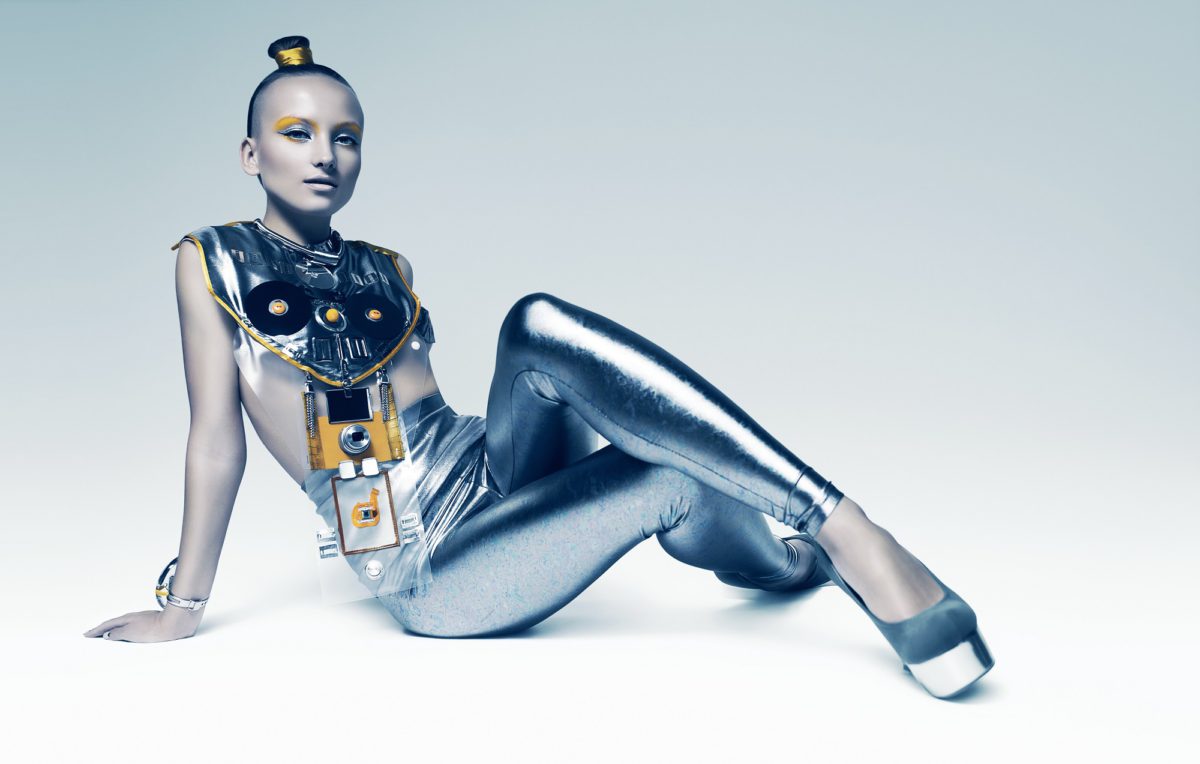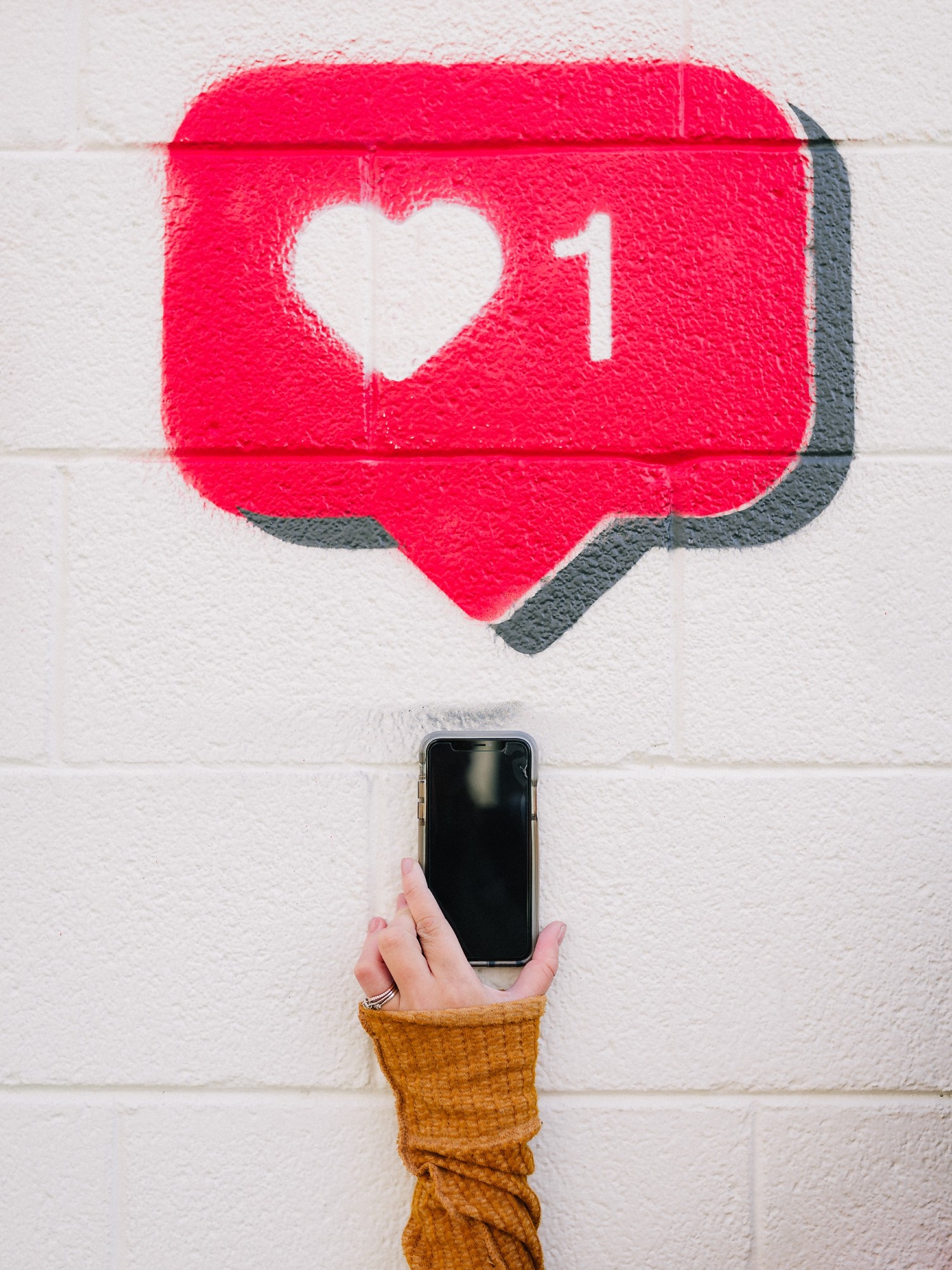Virtual Influencers: A new form of Green Activism
Zoe Dvir is a 22-year-old Israeli influencer and pop culture icon. A striking figure with turquoise eyes and soft brown curls, the model turned blogger goes on coffee runs, posts outfit pics, and is a powerful voice behind veganism and greener living. There is one thing that separates Zoe from everyone else: she isn’t real.

The virtual influencer industry is booming. Artificial intelligence and CGI-based engineering breathe life into fictional characters that look and feel human – attracting followers and building a global fanbase. With over 200 (and counting) participants in the market, let’s discover how their uniqueness can bring a wave of opportunities to raise environmental awareness in fashion – and beyond.
The rise of digital personas
Virtual influencers embody the ideal ambassador. Highly customizable content makes these fictional characters attractive to brands and fans. Fashion firms can control the narrative while enjoying endless creative freedom and seamless product integrations. Millennial and Gen-Z consumers bond with virtual personalities as they seek differentiation from the traditional celebrity or content creators. “Everything [a] virtual influencer does is in a controlled setting by the people who are managing that account,” explains Andrew Dunst, vice president of Sage Group, a global tech leader in e-commerce and apparel. “You remove the PR risks from influencers who may do something that could impact their customer base,” he explains.[1] The influencer market alone is expected to grow from 6 billion USD in 2020 to USD 24.1 billion by 2025, at a Compound Annual Growth Rate (CAGR) of 32.0% during the forecast period.[2]
From trendsetters to environmentalists
The popularity of virtual influencers transcends “outfit of the day” posts towards more meaningful messaging. Teams behind the fictional stars leverage this new-found influence to move fashion and design towards planet-friendly alternatives. In 2020, Burberry developed AI avatars and virtual worlds to build intimacy with its customers, using the platform to articulate the brand’s environmental strategy of “making less, more carefully.”[3] A year later, model and virtual influencer Noonoouri kickstarted a sustainable summer collection with United Colors of Benetton, a renowned Italian fashion brand. The collaboration inspired circular living featuring swimwear made from ECONYL® regenerated nylon – yarn derived from fishing nets, and other pre-and post-consumer waste.[4]

Beyond eco-fashion, towards a cause
As the technology matures, the virtual influencer industry expands beyond design trends and responsible fashion. As more life interactions happen online and the metaverse gains critical mass, media creators eye the potential to reimagine environmental and social activism. Joerg Zuber, the creator of Noonoouri, believes in advocating green apparel while supporting women’s equality, animal rights, Earth Day awareness, and broader conservation issues. Media creatives, like Zuber, leverage the influencer’s global fanbase to deliver important messages, conveying that even the smallest gestures can turn the tide towards a healthier, happier planet.[5]
Fictional personas carve a unique space in the influencer market. Didi Pirinyuang, one of the creators of Maya, a virtual Puma ambassador, explains that “the rise of virtual influencers is not an indication that they are human replacements.” Rather, he clarifies that it is “a form of escapism and fantasy that provides audiences with a canvas to project their voices, interests, and personalities.”[6] Perhaps, virtual influencers are vehicles for sustainability and environmental reform, challenging human behavior from an alternate dimension for real-world change.
References
[1] “Influencer Ex Machina” | Beauty Inc. Available at: https://wwd.com/beauty-industry-news/beauty-features/influencer-ex-machina-shudu-lil-miquela-virtual-celebrities-instagram-1202755789/
[2] “Influencer Marketing Platform Market worth $24.1 billion by 2025 – Exclusive Report by Markets and Markets” | Bloomberg. Available at: https://www.bloomberg.com/press-releases/2020-12-17/influencer-marketing-platform-market-worth-24-1-billion-by-2025-exclusive-report-by-marketsandmarkets
[3] “Burberry’s approach to virtual influencers: how sustainability backlash drove it to innovation” | Screenshot. Available at: https://screenshot-media.com/the-future/fashion/burberry-virtual-influencers/
[4] “The Panel with Joerg Zuber” | United Colors of Benetton. Available at: https://us.benetton.com/inside/article_green-b-second-talk.html
[5] “The Panel with Joerg Zuber” | United Colors of Benetton. Available at: https://us.benetton.com/inside/article_green-b-second-talk.html
[6] “The power of AI: How to leverage virtual influencers to power in-person retail” l NCR. Available at: https://www.ncr.com/blogs/virtual-influencer
Author: Naomy Gmyrek
Latest from the Magazine